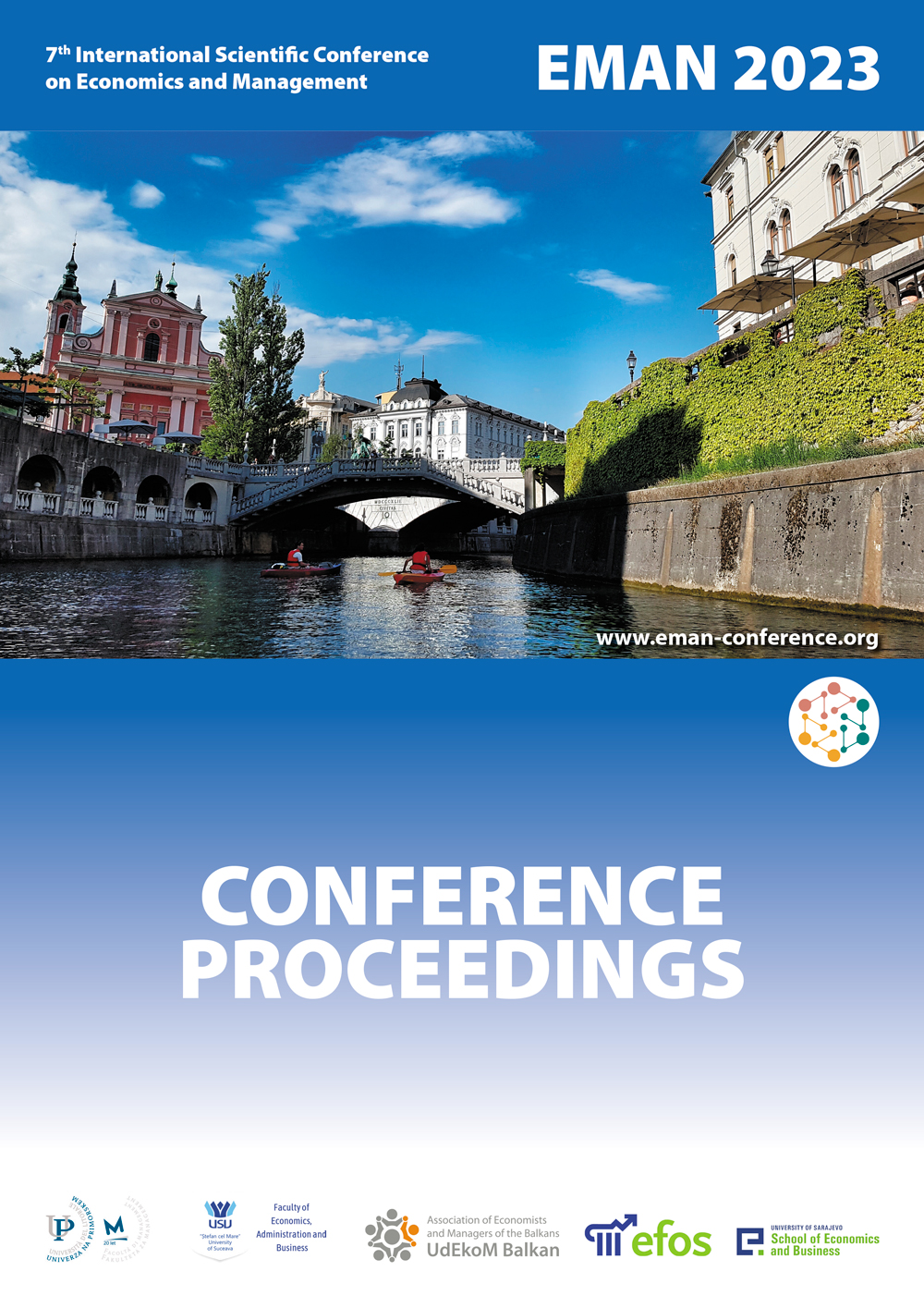The Advantages and Disadvantages of Virtual Travel
The Advantages and Disadvantages of Virtual Travel
Author(s): Anton Vorina, Gašper Krže
Subject(s): Social Sciences, Economy
Published by: Udruženje ekonomista i menadžera Balkana
Keywords: Travel; Virtual travel; 3D virtual reality; Tourism; Sustainability
Summary/Abstract: This article explores the concept of virtual tourism and addresses four key questions: What is virtual travel? Can virtual travel replace real travel? What are the benefits of virtual travel? And what is the future of virtual travel? Virtual travel has been around in various forms since the 1850s when pictorial materials such as postcards were used to invite people to a destination. Today, the COVID-19 pandemic has accelerated the development of virtual reality technologies that attempt to replicate the tourist experience. However, while virtual tourism offers a sustainable alternative to traditional travel, it cannot provide a full sensory experience. Despite predictions that the virtual tourism sector will grow to $19 trillion by 2027, it is unlikely to replace real travel entirely. Nevertheless, virtual tourism has significant potential benefits, including a 94% reduction in carbon footprint, increased advertising opportunities, and improved accessibility for people with mobility impairments.
Book: EMAN 2023 / 7 – Economics & Management: How to Cope with Disrupted Times - CONFERENCE PROCEEDINGS
- Page Range: 263-269
- Page Count: 8
- Publication Year: 2023
- Language: English
- Content File-PDF

